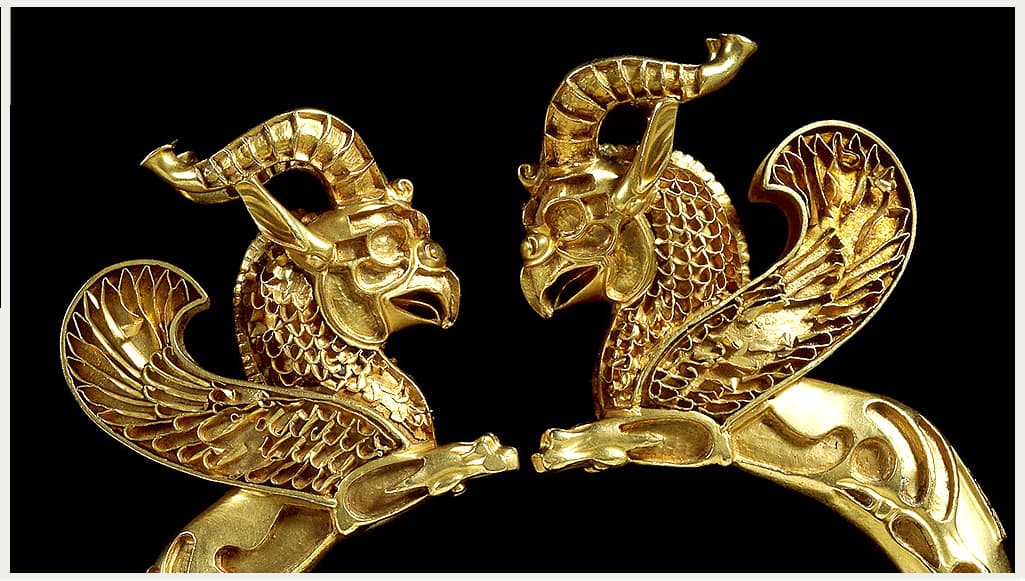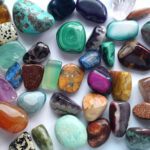
Precious Stones in Iranian Jewelry
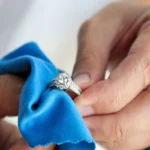
Tips for Caring for Your Iranian Jewelry
The Role and Significance of Gold and Jewelry Throughout History
Jewelry has played a significant role in Iranian art and culture for thousands of years. It has served not only as a marker of wealth and status but also as a reflection of the nation’s spiritual beliefs, artistic achievements, and evolving social values. Throughout Iran’s rich history, gold and precious jewelry have been intricately tied to both personal adornment and cultural expression.
This post explores the importance of gold and jewelry in Iranian culture, tracing its role from ancient times to the modern era and highlighting its influence on art, identity, and craftsmanship.
1. Jewelry in Ancient Iran: Power, Prestige, and Spirituality
The tradition of jewelry-making in Iran dates back to ancient civilizations such as the Elamites, Achaemenids, and Sassanids, where gold and jewelry were used to signify royalty, religious beliefs, and social status. Early evidence of Iranian jewelry has been found in archaeological sites, revealing how gold, silver, and precious gems were fashioned into intricate crowns, bracelets, rings, and necklaces.
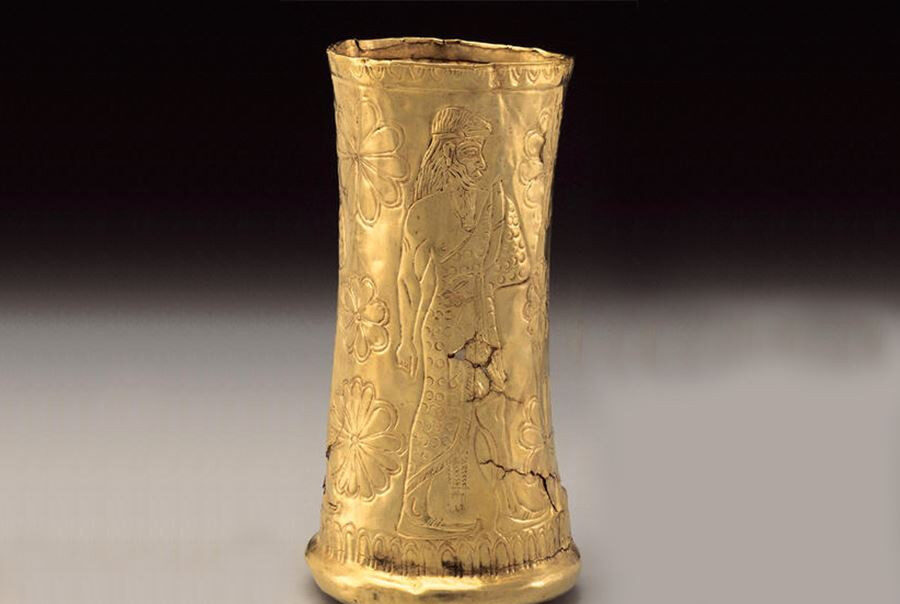
Elamite Jewelry
Gold and Power in the Achaemenid Empire (550–330 BCE)
During the Achaemenid Empire, one of the most influential periods in Iranian history, gold jewelry was not only a symbol of wealth but also an expression of power and divinity. The Persian kings adorned themselves with elaborate gold pieces, including crowns, diadems, and armbands, often embellished with precious gems such as lapis lazuli, turquoise, and agate. The designs frequently featured royal and religious symbols like the lion, griffin, and the winged sun, underscoring the divine authority of the monarchy.
Gold was also used in rituals and ceremonies, often as offerings to the gods. The Faravahar, a Zoroastrian symbol of divine guidance and the eternal soul was frequently depicted in gold, making it a sacred emblem in both jewelry and religious art.
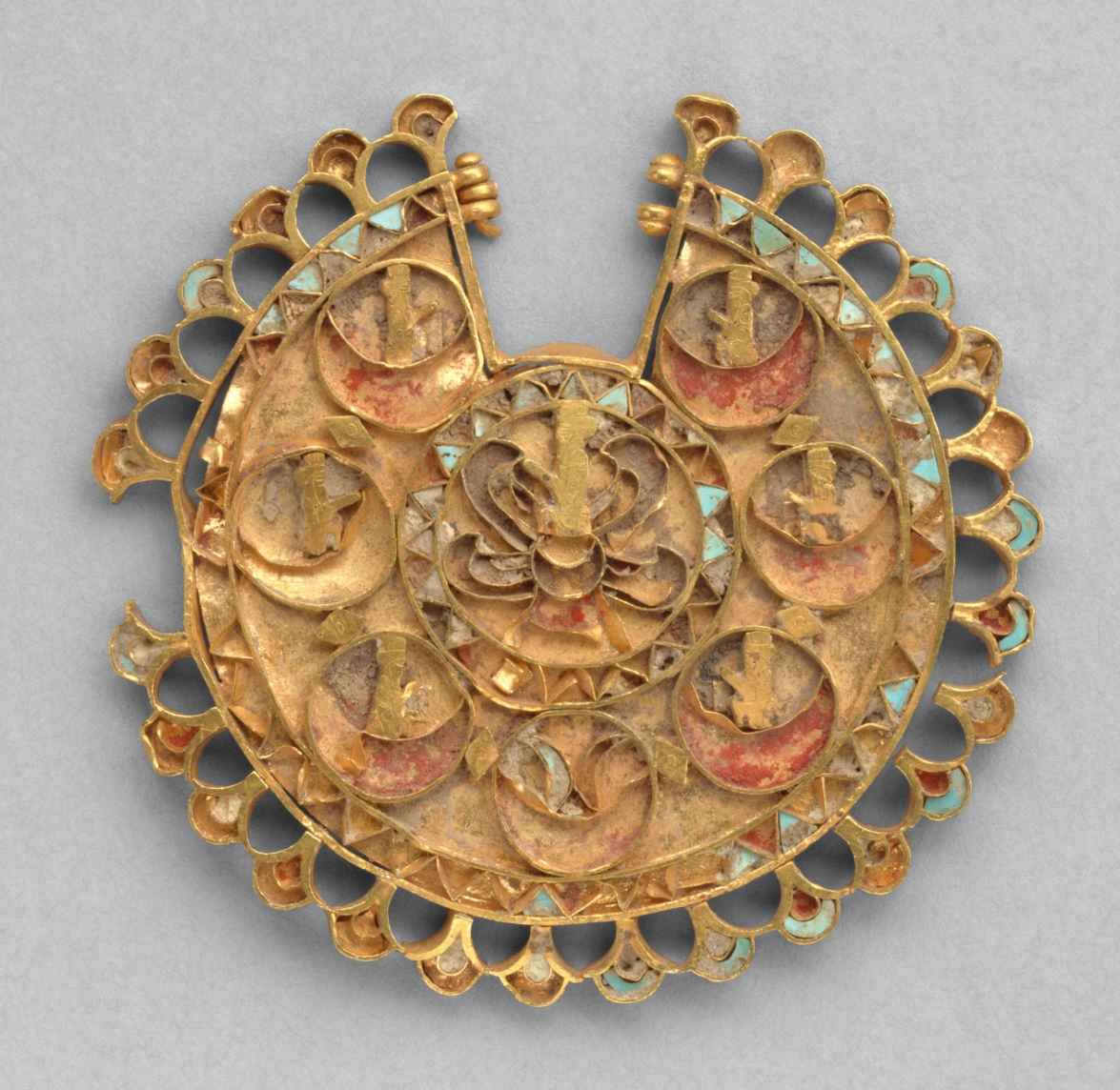
Achaemenid Empire Jewelry
Sassanid Era (224–651 CE): Intricate Craftsmanship and Symbolism
The Sassanid dynasty elevated Persian jewelry-making to new artistic heights. Gold and silver jewelry from this era is known for its intricate designs and detailed craftsmanship. Sassanid artisans produced elaborate brooches, earrings, and necklaces, often featuring symbolic motifs such as the cypress tree (symbolizing immortality), winged creatures, and mythical animals.
Gold jewelry during the Sassanid era was not only a sign of royal opulence but also had protective and symbolic meanings. Certain pieces, such as amulets and rings, were believed to ward off evil spirits and provide the wearer with spiritual protection.
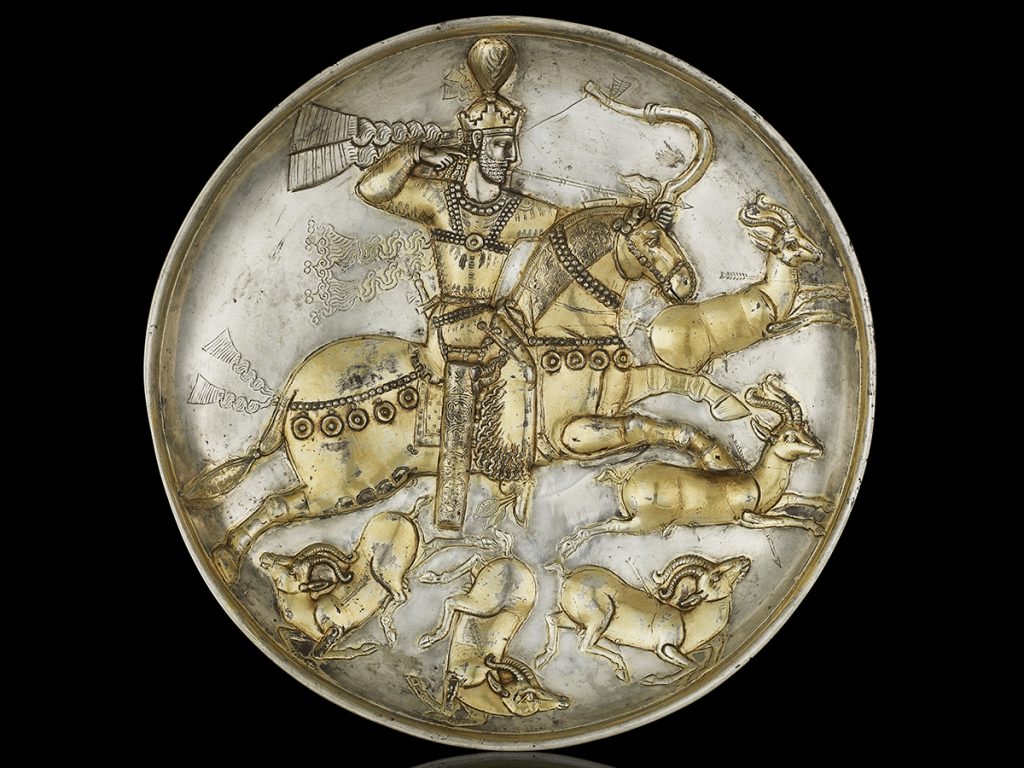
Sasanian Art
2. Islamic Influence on Jewelry: Geometry, Calligraphy, and Elegance
With the advent of Islam in the 7th century, Persian art, including jewelry, evolved to align with new religious and cultural values. While Islamic teachings discouraged the use of figurative representations, Persian jewelers adapted their designs to incorporate geometric patterns, calligraphy, and abstract forms.
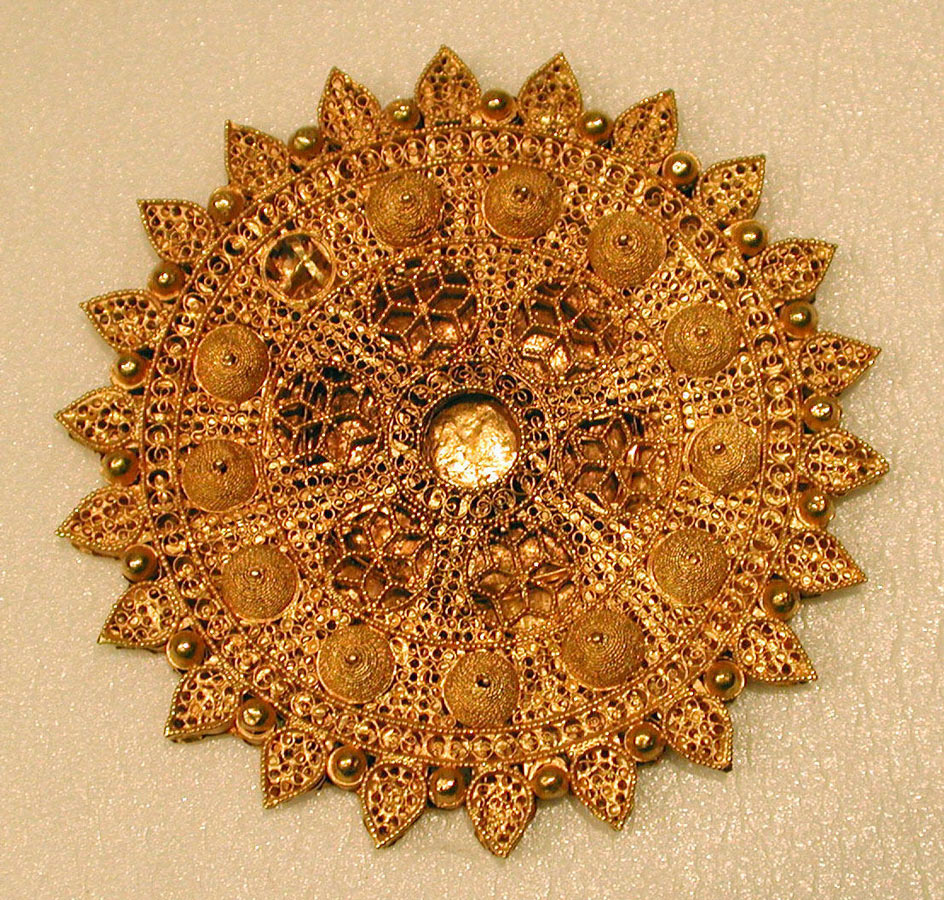
The Iran Art of Islamic Jewellery
Geometric Designs and Arabesques
Jewelry during the Islamic era saw an emphasis on geometric shapes and arabesque designs, reflecting the broader Islamic artistic tradition. These motifs, often symbolizing infinity and the divine order, were delicately engraved into gold, silver, and copper jewelry.
Islamic calligraphy also became a prominent feature in jewelry design. Quranic verses, prayers, and the names of Allah were inscribed on rings, pendants, and amulets as expressions of faith and spiritual devotion.
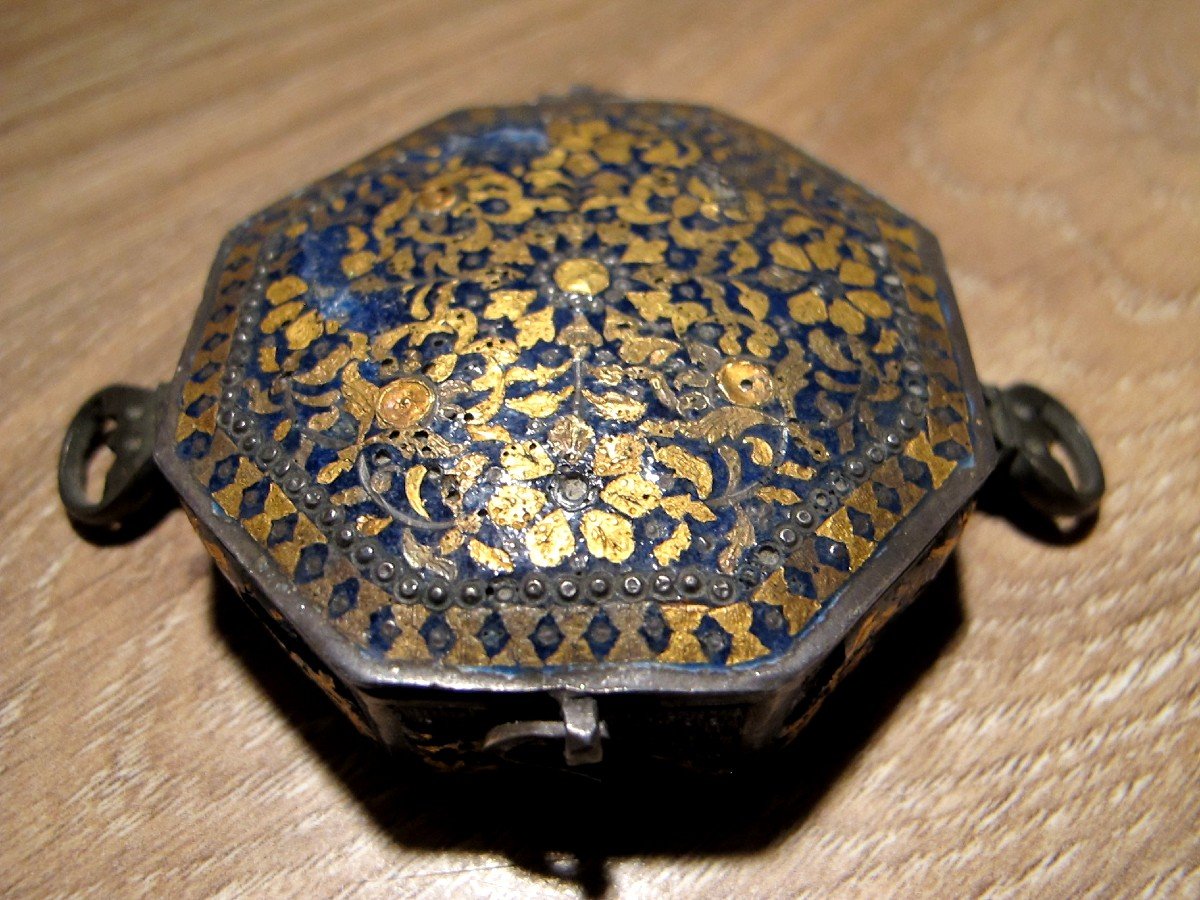
The Iran Art of Islamic Jewellery
Jewelry as a Marker of Status and Faith
In Islamic Iran, jewelry continued to serve as a marker of social status and wealth. Gold and silver pieces were worn at special occasions, such as weddings and religious festivals, symbolizing prosperity and faith. Amulets and lockets engraved with Quranic verses were also widely worn for protection and blessings.
The use of precious stones like turquoise, agate, and lapis lazuli continued during this era, with each stone believed to carry spiritual and healing properties. Turquoise, in particular, was revered as a stone that brought protection and prosperity to its wearer.
3. Safavid Era (1501–1736): A Golden Age of Persian Art and Jewelry
The Safavid Dynasty is often regarded as the golden age of Persian art. During this period, Persian jewelry-making reached its peak, with rulers like Shah Abbas acting as patrons of the arts. Safavid artisans produced luxurious gold and silver jewelry adorned with enamel work, gemstones, and intricate filigree.
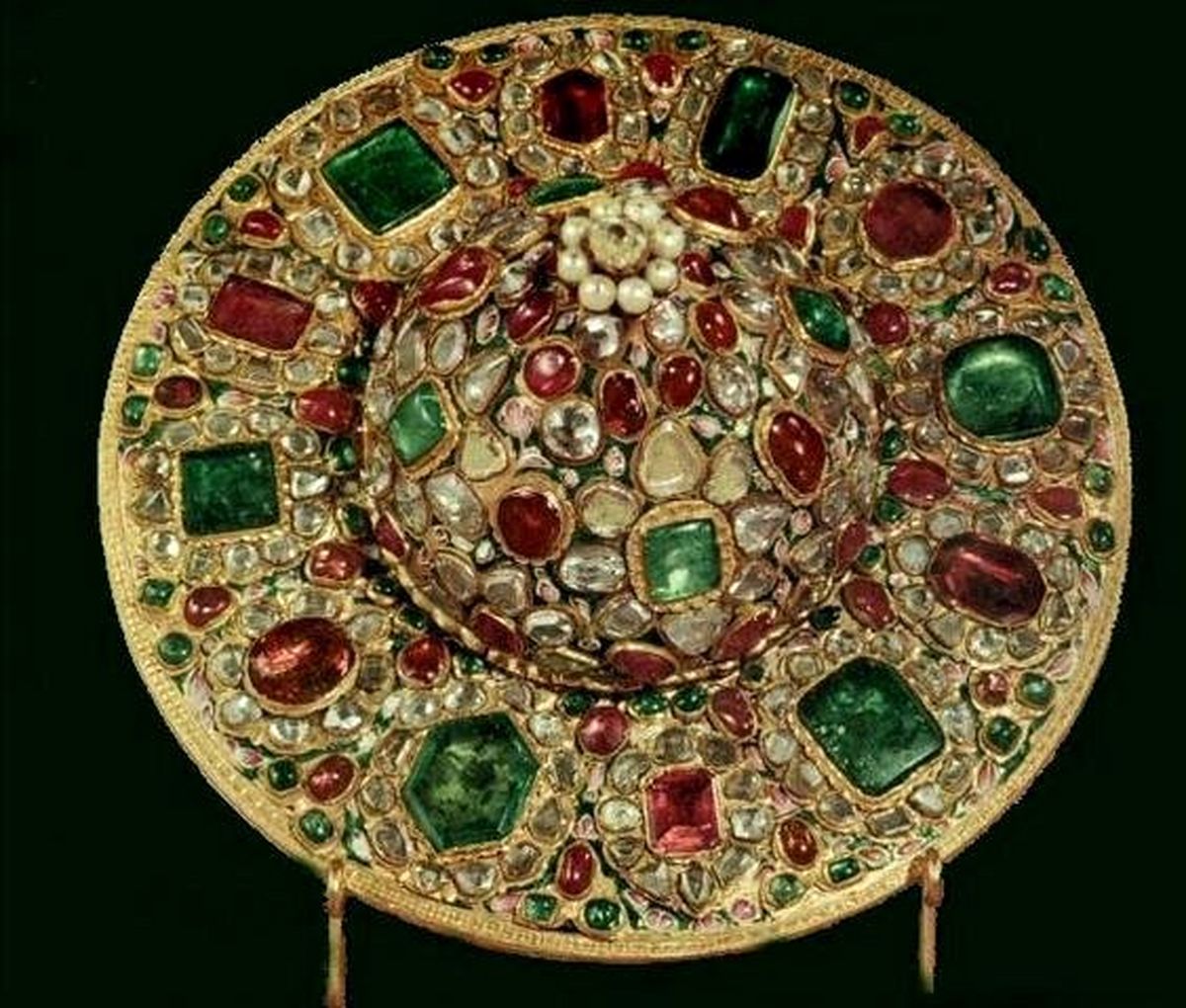
Safavid Dynasty
Enamel Work (Minakari)
The Safavids mastered the art of Minakari, or enamel work, which became a hallmark of Persian jewelry. Gold and silver jewelry was intricately decorated with vibrant colors, including blue, red, green, and turquoise. The enamel work often depicted floral patterns, geometric shapes, and Quranic calligraphy, blending artistry with spiritual significance.
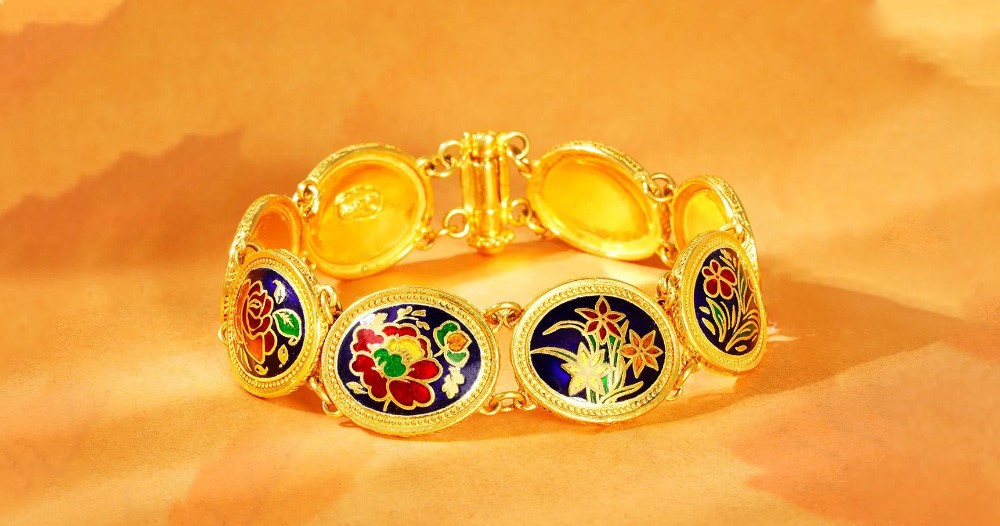
Iran Gold Enamel Work
The Use of Precious Gems
The Persian turquoise from the mines of Neyshabur became particularly prominent during the Safavid era. Safavid jewelers set these turquoise stones into gold rings, pendants, and earrings, often surrounded by other gems like pearls, rubies, and emeralds. These pieces reflected the wealth of the Safavid court and were often gifted to foreign dignitaries as a sign of Persia’s opulence.
4. Jewelry in Modern Iran: Tradition Meets Contemporary Design
In more recent times, Iranian jewelry continues to reflect the country’s cultural heritage while incorporating modern techniques and designs. Many contemporary Iranian jewelers are blending traditional Persian motifs with contemporary aesthetics, creating pieces that appeal to a global audience while maintaining a connection to Iran’s historical past.
Revival of Ancient Techniques
Many modern Iranian jewelers are reviving ancient techniques such as filigree, granulation, and lost wax casting, paying homage to the craftsmanship of their ancestors. These techniques are used to create delicate gold jewelry, including rings, necklaces, and earrings, often adorned with precious stones like turquoise, agate, and lapis lazuli.
Cultural Significance in Modern Times
Even in contemporary Iran, jewelry retains its cultural significance. Gold and silver jewelry is still an important part of wedding traditions, with families exchanging gold coins, necklaces, and rings as symbols of prosperity and unity. Jewelry continues to be worn as a sign of personal style, social status, and spiritual protection.
5. Jewelry and Gold in Iranian Art
Jewelry has also found its way into Iranian art, serving as a symbol of wealth, beauty, and power. Miniature paintings from the Safavid and Qajar eras often depict Persian kings and queens adorned in elaborate gold jewelry, emphasizing their status and influence. In Iranian literature and poetry, jewelry is frequently referenced as a symbol of love, beauty, and prosperity.
The Iranian Crown Jewels, housed in the Central Bank of Iran, represent one of the largest collections of royal jewelry in the world. These pieces, encrusted with diamonds, emeralds, rubies, and pearls, reflect the grandeur and opulence of Persian royalty throughout history.

National Jewelry Museum of Iran
Conclusion: The Enduring Legacy of Gold and Jewelry in Iran
The role of gold and jewelry in Iranian culture goes far beyond adornment. It is deeply intertwined with the country’s history, religion, art, and social identity. From the ancient kingdoms of Persia to the Islamic and Safavid eras, Persian jewelry has been a symbol of power, spirituality, and craftsmanship.
At LetsGoYelo, we celebrate this rich cultural heritage by offering exquisite handcrafted jewelry that captures the essence of Persian artistry. Explore our collection to experience the beauty, history, and cultural significance of Iranian gold and jewelry for yourself.


